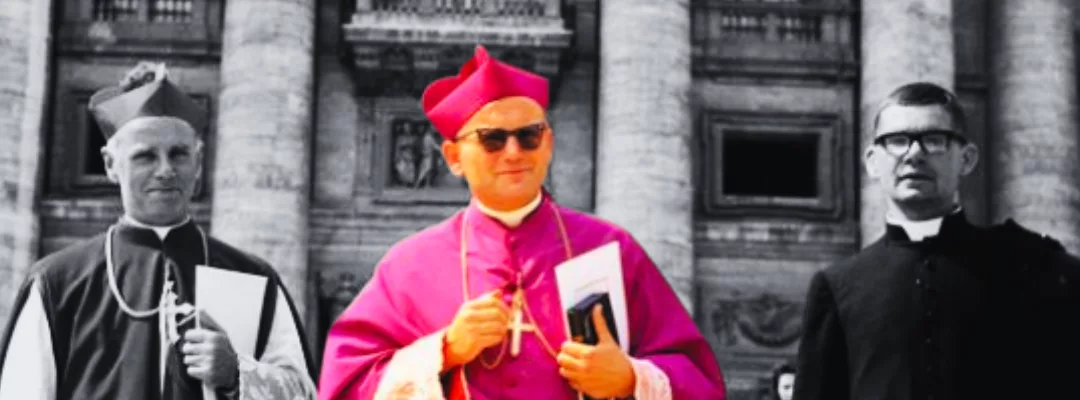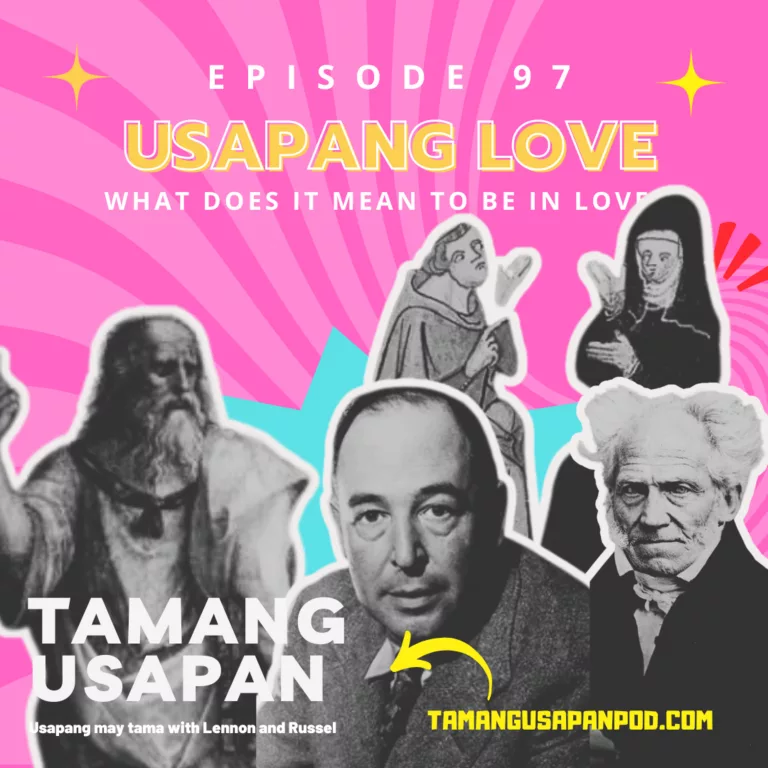In this episode of Tamang Usapan – usapang may tama, Lennon and Russel explore the final constitution of Vatican II: Gaudium et Spes. From its dramatic origins in the rejected Schema 13, to its bold proclamation that “the joys and hopes, the griefs and anxieties of the people of this age are the joys and hopes of the followers of Christ” (§1), we unpack how the Church sees herself in dialogue with the modern world.
We dive into themes of human dignity, conscience, solidarity, subsidiarity, culture, marriage and family, politics, economics, and peace—drawing on the contributions of Rahner, de Lubac, Congar, and others. We also examine the postconciliar controversies, including Liberation Theology and the corrective role of John Paul II and Joseph Ratzinger.
Is Gaudium et Spes still relevant today in a world of climate change, war, and inequality? Join the conversation and find out.
Key Topics Covered
- The rejection of Schema 13 and how it shaped Gaudium et Spes
- Historical context: Cold War, communism, capitalism, nuclear threat
- Key personalities: Suenens, Ottaviani, Rahner, de Lubac, Congar
- Catholic Social Teaching: solidarity and subsidiarity
- Human dignity and conscience (§12, §16)
- Culture and human progress (§53)
- Marriage and family as covenant (§48)
- Peace and the condemnation of nuclear war (§80)
- The postconciliar excesses of Liberation Theology
- John Paul II and Ratzinger’s corrections (Dominus Iesus)
- Relevance of GS today
Recommended Readings
- Vatican II, Gaudium et Spes (Pastoral Constitution on the Church in the Modern World), 1965 → Vatican.va text
- Henri de Lubac, Catholicism: Christ and the Common Destiny of Man
- Yves Congar, True and False Reform in the Church
- Karl Rahner, Foundations of Christian Faith
- John Paul II, Centesimus Annus (1991) – on solidarity and subsidiarity
- Congregation for the Doctrine of the Faith, Dominus Iesus (2000)
And, if this episode spoke to your heart—or hit you in the “tama”—share it with a friend, post about it using the hashtag #tuumt, and tag us on socials.
Follow us on:
Facebook & Instagram: @tamangusapanpodcast
Email your story or question: tamangusapanpodcast@gmail.com
Discover more from Tamang Usapan Podcast
Subscribe to get the latest posts sent to your email.





